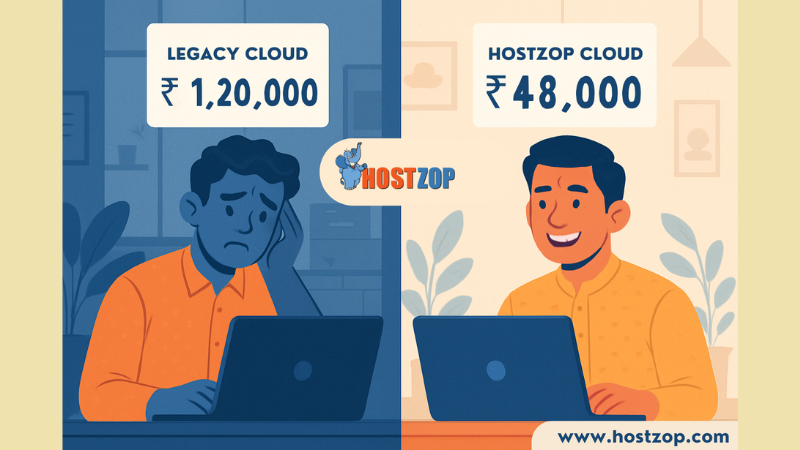As India continues to embrace modernity and urbanization, one industry that has seen a significant boom is health and wellness. In 2024, this sector has become a driving force in the country’s economy, with individuals across all demographics prioritizing physical and mental well-being like never before. From organic foods and supplements to fitness centers and wellness apps, India’s health-conscious population is fueling unprecedented growth in this space.
The rise of lifestyle diseases, increased awareness of mental health, and the push towards preventive healthcare have made health and wellness more than just a trend—it’s a movement that’s here to stay. In this article, we’ll explore the factors driving the growth of the health and wellness industry in India, the challenges it faces, and what the future holds for this booming sector.
The Health and Wellness Boom in India: An Overview
The health and wellness market in India is projected to grow at a compound annual growth rate (CAGR) of 20% from 2022 to 2027, reaching a market value of over $70 billion by 2025. The sector encompasses a wide range of products and services, from organic food and fitness centers to mental health services and wellness technologies.
Several factors are contributing to this growth. A rising middle class with increased disposable income is investing in personal health, while the COVID-19 pandemic has heightened the focus on immunity, fitness, and mental well-being. The government has also played a role, launching initiatives like the Fit India Movement to promote physical fitness and preventive healthcare.
Key Drivers of Growth in the Health and Wellness Industry
Increasing Awareness of Preventive Healthcare
One of the most significant factors driving the growth of the health and wellness industry in India is the increasing awareness of preventive healthcare. With lifestyle diseases like diabetes, hypertension, and heart disease on the rise, people are turning to health-conscious choices to mitigate these risks. Preventive healthcare now includes regular physical activity, dietary supplements, and the use of wellness apps to monitor health metrics.
The Organic and Natural Products Boom
The demand for organic food, herbal supplements, and natural skincare products has skyrocketed in India. Consumers are becoming more discerning about what they eat and apply to their bodies, leading to the rapid expansion of the organic products market. Brands like Patanjali, Organic India, and 24 Mantra have capitalized on this trend, offering a range of products that cater to the growing demand for chemical-free and sustainably sourced goods.
In addition to food, natural beauty products are gaining popularity. Skincare and cosmetics made from natural ingredients like aloe vera, turmeric, and neem are being favored over chemical-based alternatives, as consumers seek products that are gentle on the skin and environmentally friendly.
The Rise of Fitness and Wellness Centers
India’s fitness industry has also seen explosive growth, with gyms, yoga studios, and wellness centers cropping up in both urban and semi-urban areas. The fitness market is expected to grow at a CAGR of 8.5% through 2024, driven by an increasing awareness of physical fitness and the benefits of regular exercise. Yoga, in particular, has seen a revival, with the ancient practice being modernized and offered in various forms—from traditional yoga to power yoga and aerial yoga.
Fitness centers are also incorporating wellness services such as meditation and mindfulness sessions to cater to the holistic health needs of their clients. These centers are not just limited to metropolitan areas—tier 2 and tier 3 cities are also witnessing a surge in the number of fitness centers, reflecting the growing popularity of fitness across different strata of society.
Wellness Technology and Apps
With the advent of technology, wellness has become more accessible than ever. Wellness apps, wearable health tech, and telemedicine platforms are making it easier for individuals to monitor their health, access fitness regimes, and consult with healthcare professionals from the comfort of their homes. Apps like Cure.fit and HealthifyMe are helping users track their fitness goals, monitor their diets, and even access guided workout sessions.
Additionally, telemedicine platforms like Practo and 1mg are revolutionizing healthcare by providing users with access to consultations, diagnostic tests, and medication delivery services online. This digital shift is particularly important in a country like India, where access to healthcare services can be limited in remote areas.
Challenges Facing the Health and Wellness Industry in India
Despite the rapid growth, the health and wellness industry in India faces several challenges that could impact its future trajectory:
Lack of Standardization and Regulation
One of the primary challenges in the health and wellness space is the lack of standardization and regulation. While the demand for organic products and dietary supplements is growing, there is no clear regulatory framework governing the production and sale of these products. This has led to a proliferation of products that may not meet safety standards, potentially harming consumers and damaging trust in the industry.
High Costs and Accessibility Issues
While urban India is experiencing a wellness revolution, rural areas are still largely underserved when it comes to access to health and wellness services. Fitness centers, wellness apps, and organic products are often out of reach for people in rural areas, either due to high costs or lack of infrastructure. Bridging this gap will be crucial for the industry to achieve its full potential.
Consumer Skepticism
As the market becomes saturated with wellness products and services, consumers are becoming more skeptical of the claims made by brands. The wellness industry has been criticized for promoting pseudoscience and offering products with little to no proven health benefits. This has led to increasing demands for transparency and evidence-based practices from wellness brands.
The Future of Health and Wellness in India
Looking ahead, the health and wellness industry in India is poised for even greater growth, with several key trends shaping the future of the sector:
Personalization in Wellness
As consumers become more health-conscious, they are seeking personalized wellness solutions tailored to their specific needs. This could range from personalized fitness plans to bespoke skincare products based on individual skin types. Companies are already leveraging AI and big data to offer customized wellness solutions, and this trend is expected to grow significantly in the coming years.
Mental Health Awareness
Mental health, once a taboo topic in India, is now gaining recognition as an integral part of overall well-being. The rise in mental health issues during the pandemic has highlighted the need for accessible mental health services, and there has been a surge in the number of mental health platforms and services. Online therapy services like YourDOST and Wysa are making mental health support more accessible to the masses, and this focus on mental well-being is likely to continue in the future.
Integration of Traditional Practices with Modern Wellness
India has a rich history of traditional wellness practices such as Ayurveda, yoga, and naturopathy. These practices are increasingly being integrated with modern wellness trends to offer holistic health solutions. For instance, Ayurvedic wellness retreats and spas are becoming popular among health-conscious individuals looking for natural healing methods. This blend of traditional wisdom with modern wellness practices is expected to continue shaping the future of the industry.
Expansion of Wellness Tourism
Wellness tourism is another sector that is expected to grow in India. With its rich heritage in traditional wellness practices like Ayurveda and yoga, India is well-positioned to become a global hub for wellness tourism. Wellness retreats, spas, and yoga centers are attracting both domestic and international tourists looking for holistic healing and relaxation experiences. As more people prioritize health and well-being, wellness tourism is set to become a major contributor to the industry’s growth.
Conclusion
The health and wellness industry in India is undergoing a transformative phase, driven by increasing consumer demand for healthier lifestyles, preventive healthcare, and mental well-being. From organic foods and fitness centers to wellness tech and mental health platforms, the industry is diversifying and expanding at an unprecedented rate.
However, to sustain this growth, the industry must address challenges such as regulatory oversight, accessibility, and consumer skepticism. By embracing transparency, evidence-based practices, and innovation, the health and wellness sector in India can continue to thrive and meet the evolving needs of its consumers. As we move into 2024 and beyond, the focus on holistic well-being will likely only intensify, positioning India as a key player in the global wellness movement.











